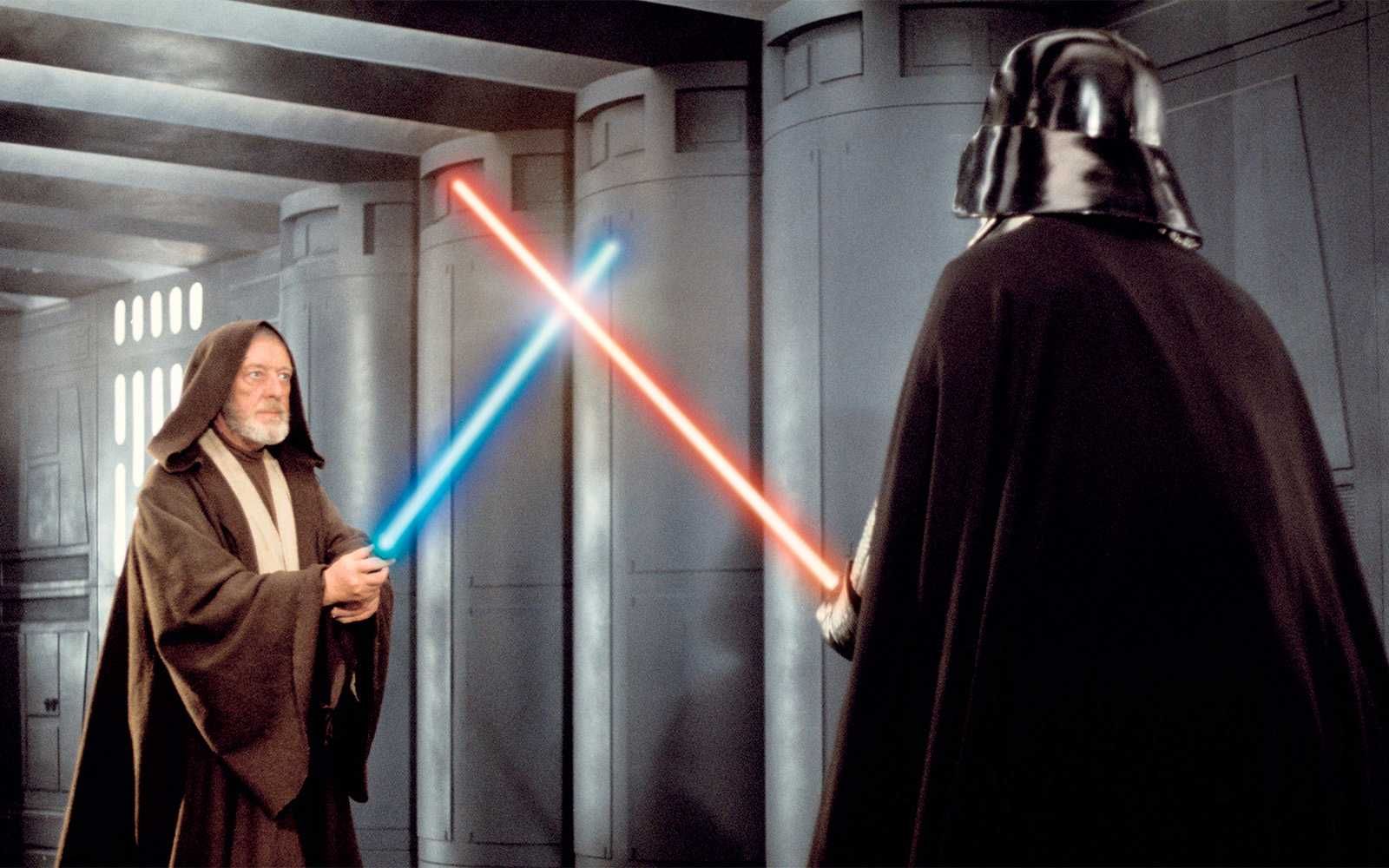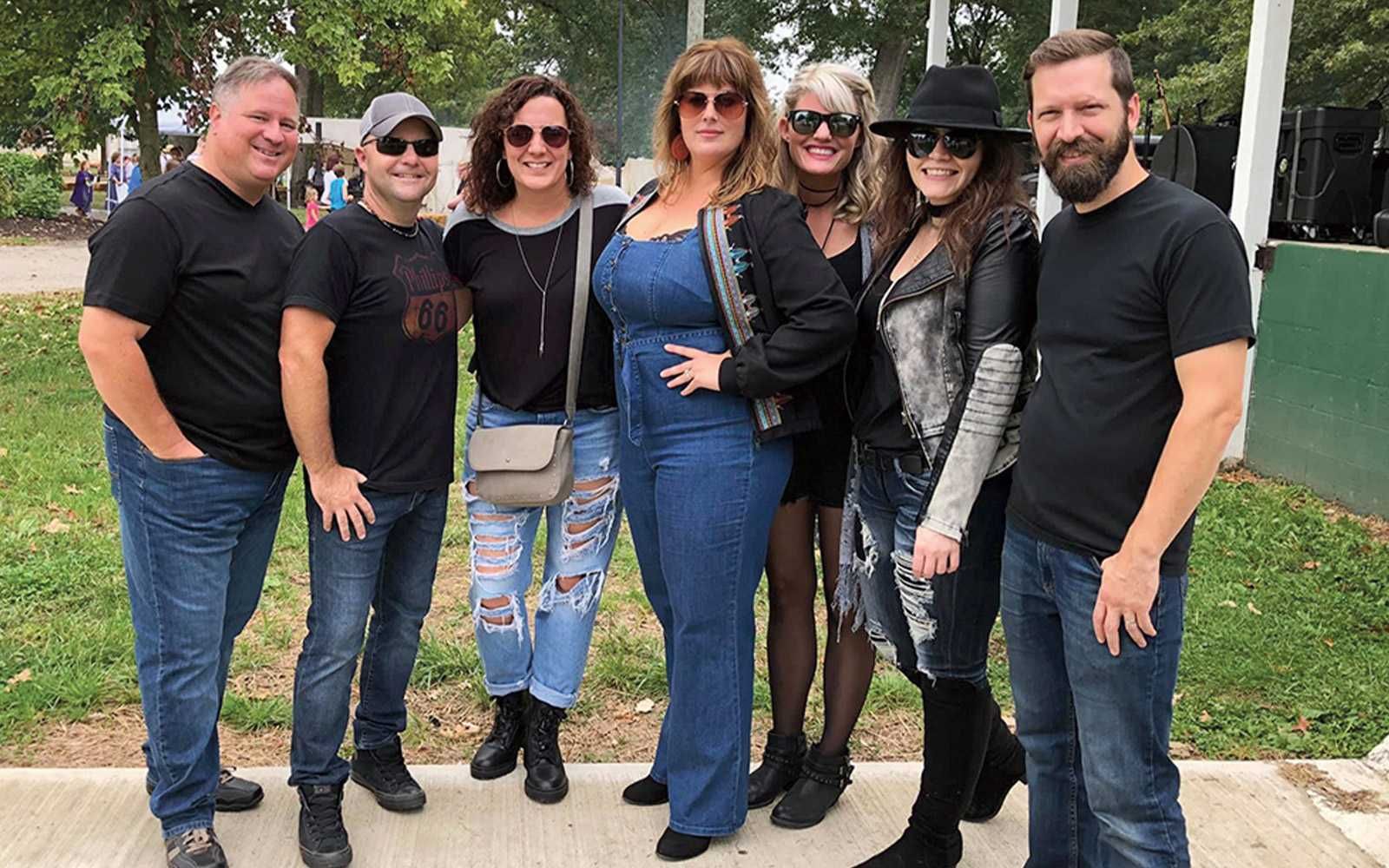Star Wars has been a cultural phenomenon since the release of the first movie in 1977. But even with successful trilogy after trilogy and more movies, books, and TV series, the spark for the revolution remains the 1977 film, now called A New Hope or Episode IV.
It is that original film which comes to the Embassy Theatre next week with two screenings that will be accompanied by the Fort Wayne Philharmonic.
a real Crowd pleaser
More and more of these film screenings with orchestral support are bringing in new audiences to see the Philharmonic and enjoy the Embassy as a place for film as it was originally decades ago. Caleb Young, associate conductor for the Fort Wayne Philharmonic, once again raises the baton as he has for other films, notably the recent screening of Rudy. It is clearly a joy for him to be part of this series.
“We’ve jumped into this film programming, and I like it a lot,” Young said in an interview with Whatzup. “We have a lot of goals and aspirations with this series and hope to draw in a different segment of the community than those who come to the Embassy to hear Mozart or Beethoven or Schumann. We have a wealth of American film composers, and John Williams is one of the biggest of all of them. He’s an American icon, and that music is still relevant in 2020.”
The actual pairing of music to film requires a different approach than when Young and the orchestra are working out among themselves on the pace and power of the pieces they are performing.
It’s a task even larger than was posed by the orchestra who originally performed the film’s score.
“It’s an enormous challenge as a symphony,” Young said. “When the orchestra goes into the studio to record the score, they can do it in small chunks. We need to do it all the way through and in time with the film that is going on at the same time.”
Now that Star Wars and all the films that followed are under the purview of Disney, it’s not surprising that they have found a way to make the performing of these films with an orchestra as tempting as possible.
As such they provide a digital file of the film which can be altered to allow different screening options for Young as he prepares to conduct the Williams score.
“You can take off layers of the film,” Young said. “You can take off the dialogue or take off the special effects. I watched it through one or two times — even though I’ve probably seen it 100 times — then I’d start to take the layers off until I was watching just the movie with just the score. There are streamers that flash which gives me a good understanding of where we need to play. Lately I’ve been watching with no sound at all and just waiting for those streamer flashes. The majority of my preparation has been watching the film in complete silence, believe it or not.
“It’s a unique challenge,” he continued. “I know everyone knows this music so you have to be on your A game. People are going to know if I’ve muffed it. But after a while it’s like playing a video game. It becomes muscle memory.”
Using the leitmotif
Part of what makes the music so memorable is that Williams taps into a time-honored technique to help establish both the score and the characters.
“Williams makes use of leitmotif,” Young said. “It’s a technique not invented by Wagner, but he was the one that brought it into prominence in the 19th century with the Ring Cycle. It associates a particular theme with a character in the story. So when Darth Vader appears on screen, you hear ‘The Imperial March.’ That’s a leitmotif. It happens with Luke, Leah, Chewbacca — Williams brought the leitmotif into the 20th century.”
Although he confesses to being more of a Trekkie, Young loves Star Wars and is excited to conduct it for two nights next week.
“I’ve gotten to do a few of these films now — Harry Potter, Rudy, E.T. — and I’ve really enjoyed it. But I love this film, and I’m happy to have the pleasure to do this score. It’s another one of those bucket list concerts for me.”
Young expects the evenings to provide “a very fun time,” and he added that a nonprofit organization will provide photo ops for devoted fans as fantastically costumed characters will be in the lobby ahead of the screening. Fans of this kind of programming will be pleased to know that in the recently announced programming for the Philharmonic’s 2020-21 season, among the performances will be a screening of Harry Potter and the Prisoner of Azkaban, another opportunity for Young and the Philharmonic to tackle a great Williams score. Young also hints that an additional treat could be in the offing.
“We may announce one more film in our schedule for next season,” Young teased. “At least I’m hoping we do. I can’t say anything more than that, but it’s something to think about and could be very exciting.”
 Submit Your Event
Submit Your Event


